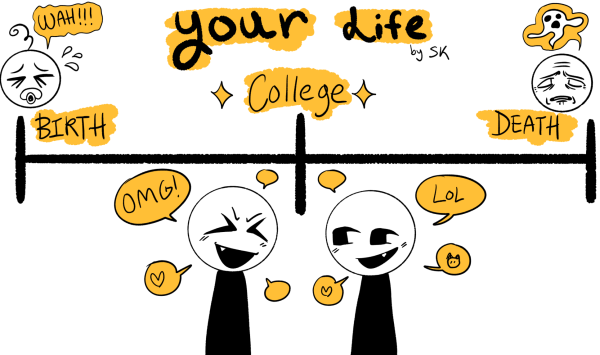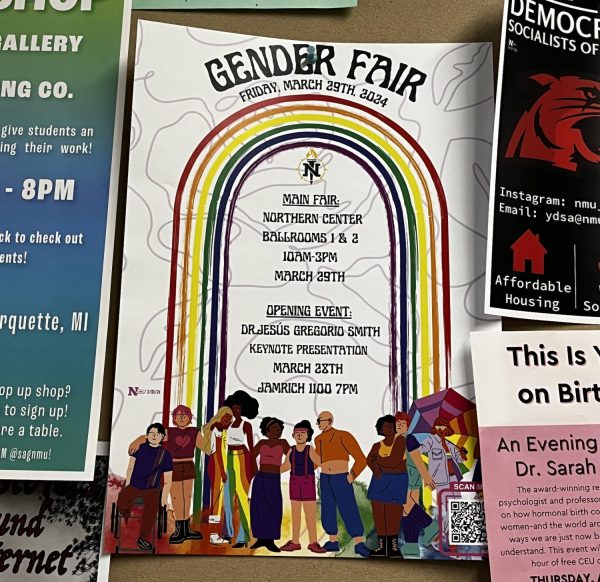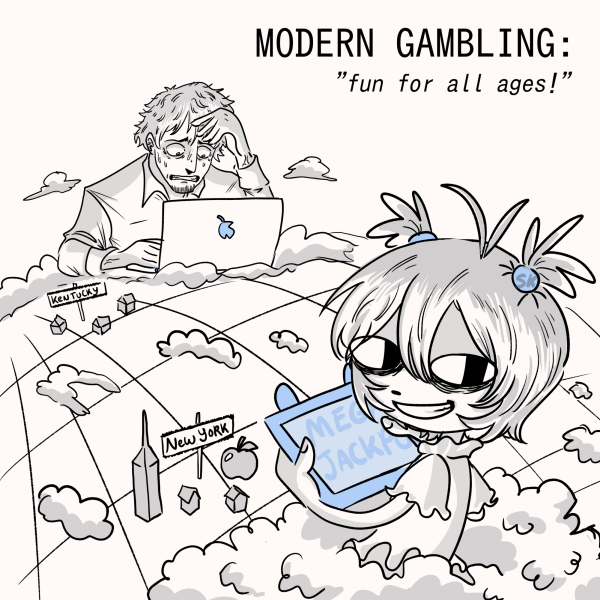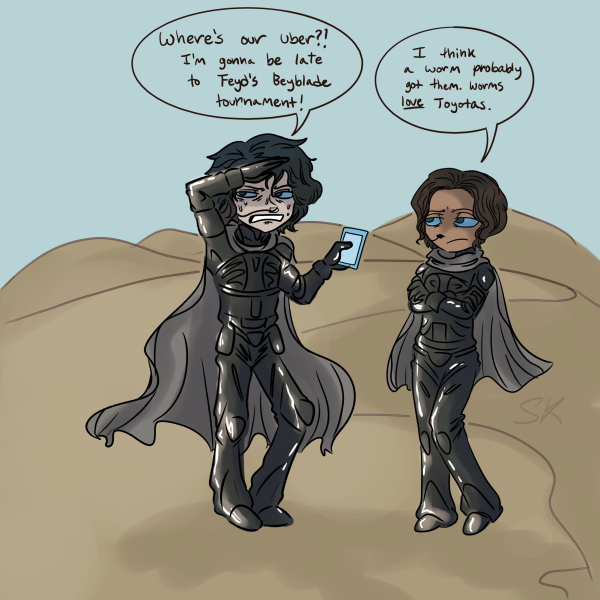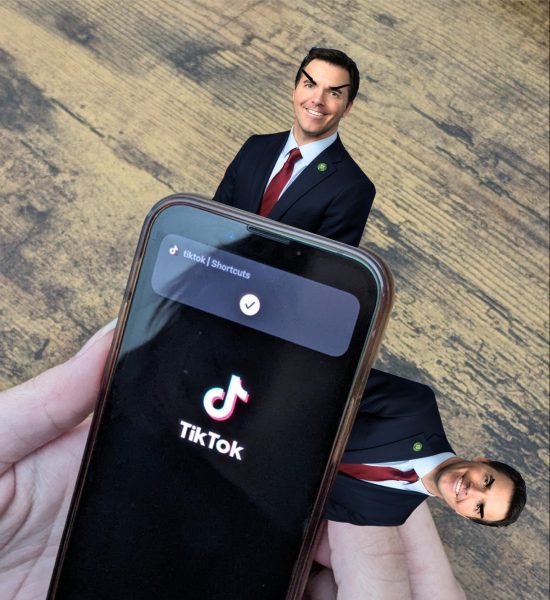Opinion — How Ticketmaster is ruining live music
January 24, 2023
Anyone who frequently listens to music can attest that watching your favorite artist perform live is an incredible experience. Not only does the music sound better, but the positive environment that tends to exist at concert venues is unparalleled by simply listening at home.
From speaker systems blasting at full volume to being sandwiched between like-minded fans, the live concert experience is truly unforgettable — so much so that every fan of a big-time musician should be able to attend at least one live show in their lifetime.
However, the odds of being able to afford a concert ticket today are becoming more and more unlikely.
After Taylor Swift announced her “Eras” tour in early November of last year, fans of all ages waited patiently in online queues on Ticketmaster, a ticket sales and distribution company that currently dominates the live music industry.
The sale was divided into three sections, depending on your designation as a purchaser. Fans who were selected by Ticketmaster for a presale event were invited to purchase tickets on Nov. 15. Capital One Cardholders could purchase the following day and everyone else could purchase two hours after the cardholders.
To many, this is a reasonable selling scheme. However, fans selected for the original presale ended up waiting for several hours in an online queue of “2,000+ people.” By the time these shoppers reached the website’s purchasing page, tickets for nosebleed seats that were originally priced at $109 had jumped to over $500. Most presale shoppers never even reached the purchasing page.
However, the presale reported over two million ticket sales for venues across the country — a new record that indicates the demand for the artist. But mind you, this entire debacle was only the first day of ticket purchasing for the event.
The cardholder sale that followed the presale ended the same way, with many fans leaving empty-handed and upset with Ticketmaster. The ticket-selling company ultimately canceled the general public sale that was scheduled to follow, stating that no more tickets were to be sold due to “extraordinarily high demands on ticketing systems and insufficient remaining ticket inventory to meet that demand.”
So, why is this happening? How can it be that most fans seem to be left without tickets despite millions being sold, and those who are purchasing tickets are paying astronomically more than they are worth?
After Ticketmaster merged with Live Nation (an entertainment company) in 2009, the U.S. Justice Department reported that the company’s market share ranged from 70 to 80 percent of ticketing services for music venues. This report came as a result of a lawsuit filed against the merger of the two companies by the United States and several state attorneys general, which stated that the merger “would substantially lessen competition in primary ticketing in the United States.”
Not only is ticket purchasing predominantly conducted by Ticketmaster, but the company has also created a “dynamic” pricing system that allows them to fluctuate ticket prices depending on how many people are waiting in their online queues. This means that no seat has a definite price — one person could secure the seat for $100 while the other purchases it for $500.
On top of those “dynamic” prices, Ticketmaster has several fees that are added to the base ticket price. According to TIME, these extra fees “can be as high as 78% of the ticket price.” Some of these fees are reasonable, with money being redirected toward venue and production costs. However, Ticketmaster’s “service fee” (or convenience fee) is essentially a pay-to-pay fee for using their company to purchase tickets.
And considering that the company owns a majority of the market shares of ticketing services for music venues, you will more than likely have to use Ticketmaster to purchase concert tickets — which means you will be forced to pay their service fee.
The biggest reason fans are unable to obtain high-demand tickets, however, is because Ticketmaster withholds roughly 90% of available tickets. According to Variety, these tickets are being transferred to secondary markets, like SeatGeek and StubHub, that heavily mark up prices. These mark-ups, according to a 2018 government report, can range from 50% to 7,000%. Resellers using bots to purchase tickets in bulk prove to be an issue as well.
To put this issue into perspective, resale floor ticket prices for Taylor Swift’s “Eras” tour are currently ranging from $10,000 to $35,000 a piece — for just one. Other seats within arenas are holding steady at roughly $600.
This issue is not a new phenomenon. Pearl Jam was the first big-name band to take on Ticketmaster back in 1994, filing a memorandum with the U.S. Department of Justice that stated the ticket-selling company has a “virtually absolute monopoly on the distribution of tickets to concerts.” And although the Department of Justice’s investigation into the ticketing giant ceased a year later, Pearl Jam’s effort to seek justice brought awareness of the issue to the general public.
According to Variety, the base price for popular concert tickets has more than tripled since Pearl Jam filed its lawsuit in the mid-1990s. Modern-day music goers are no longer afforded the luxury of their parents, who were able to see big-name bands like Def Leppard and REO Speedwagon at small arenas for $10 to $20 back in the 1980s.
Instead, those who are lucky enough to even secure tickets are being forced to pay $500 for nosebleed seats in arenas that house thousands of people — not to mention travel and lodging costs that undoubtedly accompany all concert experiences.
So, while the music sounds incredible and the entire experience is phenomenal, frequently enjoying live music by popular artists today has become a commodity that is reserved for the very few.
Editor’s Note: The North Wind is committed to offering a free and open public forum of ideas, publishing a wide range of viewpoints to accurately represent the NMU student body. This is a staff column, written by an employee of the North Wind. As such, it expresses the personal opinions of the individual writer, and does not necessarily reflect the position of the North Wind Editorial Board.


























